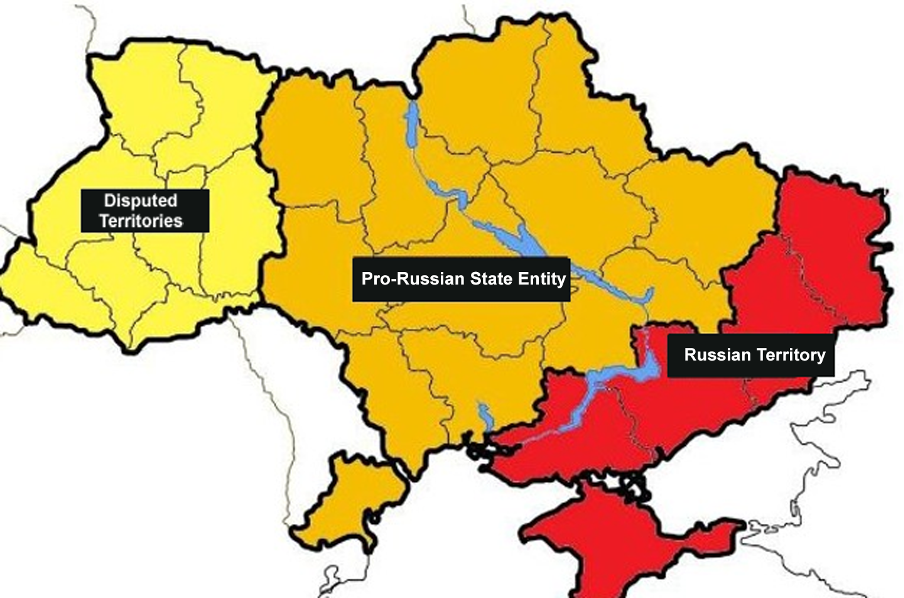The 31 M1A1 Abrams main battle tanks (MBT) donated by the US to Ukraine have had their share of troubles since they began to be used on the front line.
In April of this year the Ukrainian General Staff, as reported by AP, said it had decided to temporarily withdraw its M1A1 Abrams from the front line because of losses.
JOIN US ON TELEGRAM
Follow our coverage of the war on the @Kyivpost_official.
Various reasons for this were suggested by military analysts: the complexity of the tank, it was too heavy to work in Ukrainian conditions, it was mechanically unreliable and so on.
According to the French military issues site Opex360, a US military official suggested the tank losses were because Ukrainian forces “did not adopt tactics that could have made the [Abrams] tanks more effective,” ignoring the “combined arms approach” that had been endorsed during the training phase.
The actual reason, which Ukraine’s commanders found out during initial deployments, was that the tank, like most other armored vehicles then operating in Ukraine, proved especially vulnerable to first-person view (FPV) drone attacks.
For the first time Brig. Gen. Geoffrey Norman, Director of the US Army’s Future Combat Vehicles program, admitted during an interview with the Breaking Defense website that: “The M1A1 Abrams is exceptionally well protected against direct fire from other combat vehicles” but “it was not designed to be protected against the attacks from above that we are seeing [in Ukraine] right now, whether it be anti-tank guided missiles, roving munitions or drones.”

Russia Planned Genocide Long Before Invasion: Kill Lists, Crematoriums, Mass Graves – HUR
Ukraine tried to overcome the issue by fitting its Abrams with so-called “cope cages” provided by steel magnate Rinat Akhmetov’s “Steel Front” initiative.
Ukraine received the first of a total of 31 M1A1 Abrams in September 2023, which were deployed in early 2024. It lost the first tank in February during the intense battles around the city of Avdiivka in the Donetsk region. According to the open-source intelligence (OSINT) site Oryx 13, more Abrams have since been destroyed, meaning almost half of the fleet has been lost.
The M1A1 Abrams tank was designed 50 years ago, and like virtually all main battle tanks currently available, this was long before the advent of conventional top attack munitions, let alone FPV drones. The focus was based on traditional combat scenarios where the need was for strong frontal armor fixed to the hull and turret to give maximum protection from the effects of direct enemy fire from other tanks and guided missiles.
The Abrams’ armor – like that of its contemporaries: the UK’s Challenger, Germany’s Leopard and the Soviet / Russian T64s, T72s, T80s etc. – employ composite materials made up of layers of steel, ceramics, and even depleted uranium as well as explosive reactive armor (ERA), such as the Abrams’ M19 ARAT system, to provide high levels of protection against high-speed armor-piercing rounds or shaped-charge warheads.
Because of a combination of this tactical orthodoxy and a simple need to save weight the roof and top of the hull of most tanks aren’t as heavily armored as the front and sides. It is this vulnerability that modern top attack anti-tank guided weapons such as the US Javelin and the Anglo-Swedish NLAW as well as FPV drones seek to exploit and, as the war in Ukraine has proved, do so successfully.
This weakness is already being addressed by Gen. Norman and his Future Combat Vehicles program, as well as his contemporaries in the UK, France, Germany and no doubt, China and Russia for the next generation of MBT. For more than 100 years the tank has been the king of the battlefield, and although that supremacy is currently threatened by drones, tank designers will not allow that advantage to continue in the long term.
You can also highlight the text and press Ctrl + Enter






